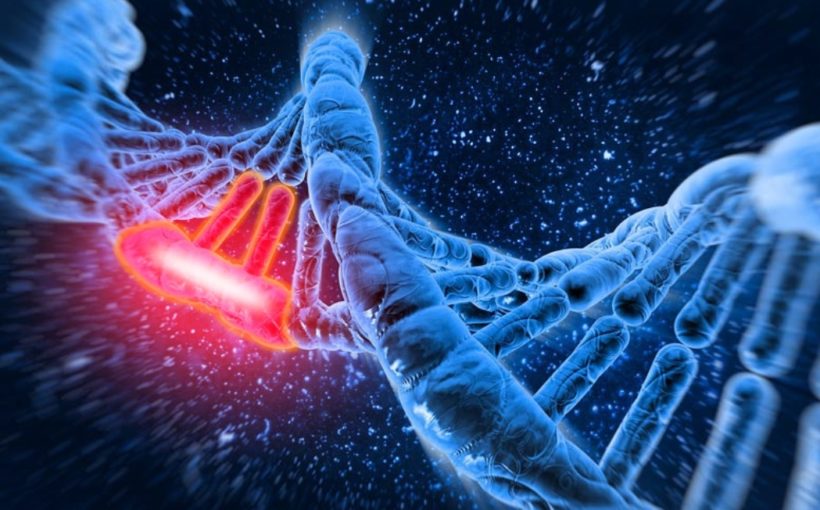Researchers at Massachusetts Institute of Technology (MIT) and Harvard University say they’re new technique is superior to the revolutionary – but controversial – CRISPR gene-editing technology. Their so-called ‘prime editing’ process can remove and replace single letters in the genetic code, avoiding unintended changes like those suspected Chinese scientists triggered when they used CRISPR to gene-edit a pair of twin girls before birth.
In a study published in Nature on Monday, the scientists say they successfully edited human cells in the lab to remove and replace the DNA responsible for both sickle cell and Tay-Sachs diseases. In theory, the new method could ‘correct about 89 percent’ of known genetic mutations that cause human disease, the scientists claim.Over 10,000 diseases are thought to be caused by such single gene mutations.
In these diseases, a single piece of genetic code is wrong or missing. The genetic code is made up of four bases, represented by the letters ‘A, T, G and C.’ Dr David Liu, a scientist at Harvard and MIT’s Broad Institute, and his lab used a protein called Cas9 to find and target specific bases and, in combination with CRISPR gene-editing technology, cut out piece of genetic code.
The inventors of CRISPR won a Nobel Prize for their work, and Dr Liu’s work further honed the precision of the technology. But the CRISPR-Cas9 system works like a computer’s ‘cut-and-paste’ function, finding the faulty gene, snipping it out and replacing it with a new bit of code.
The ‘cut’ portion of that process poses risks.
It’s a rather violent thing to happen to DNA, cutting the entire strand of DNA.
The disruption has the capacity to trigger DNA recombination and lead to a cascade of unintended genetic changes.
Newly-developed ‘prime’ editing is named for what it does to the single base target. Once the gene-editor finds the correct base target, it uses a combination of Cas9 and another form of RNA (compounds that transport messages from DNA to instruct protein production) to simply prime a mistaken A, T, C or G to change to a different base, circumventing the need to cut the DNA.
After the base is ‘primed,’ a second compound comes along and delivers a message telling the base to switch into a different one.
The scientists made every one of the 12 possible changes to the bases (an A to a T, a C to G, a G to a C, a C to T, and so one) successfully in mouse and human cells in the lab.
They also succeeded in deleting up to 80 letters and adding in up to 44 DNA letters. And they fixed the single base mutation that causes sickle cell disease, which leaves sufferers with misshapen red blood cells that don’t effectively transport oxygen to their bodies, in human cells in petri dishes.
Similarly, the researchers were able to delete all three extra DNA bases that trigger the devastating neurological disorder Tay-Sachs disease. ‘The versatility of prime editing quickly became apparent as we developed this technology,’ said Andrew Anzalone, first study author and postdoctoral fellow in dr Liu’s lab. The fact that we could directly copy new genetic information into a target site was a revelation. We were really excited.’
It’s a long ways from ready to use in correcting DNA mutations in living humans with these devastating diseases, but the researchers are extremely optimistic that their method can correct the mutations driving 89 percent of single disease-causing DNA mutations. ‘A major aspiration in the molecular life sciences is the ability to precisely make any change to the genome in any location. We think prime editing brings us closer to that goal,’ said Dr Liu. ‘We’re not aware of another editing technology in mammalian cells that offers this level of versatility and precision with so few byproducts.’


